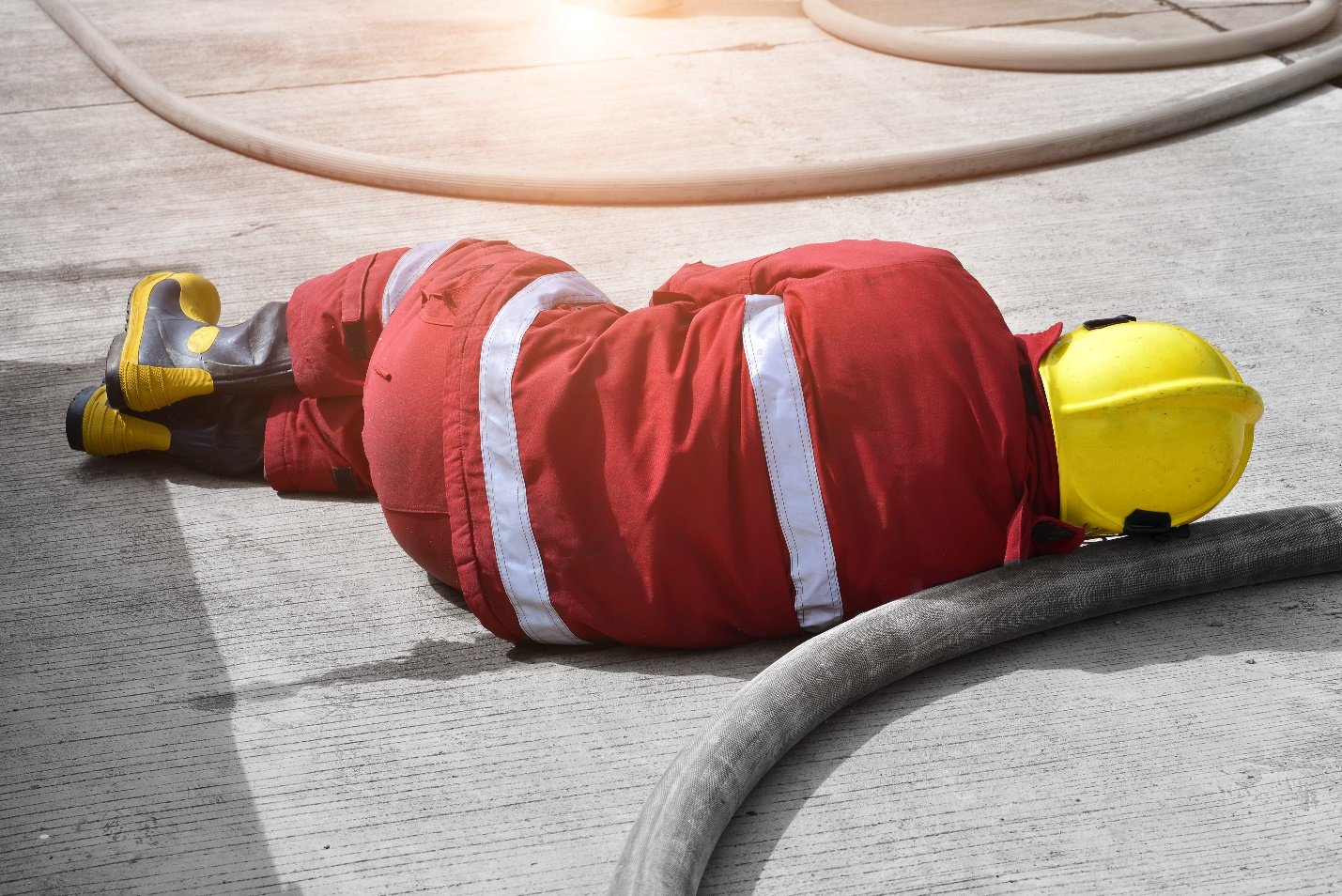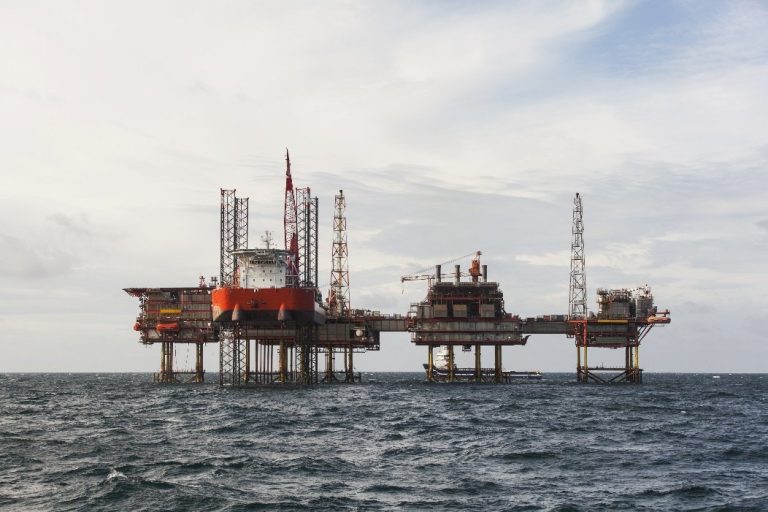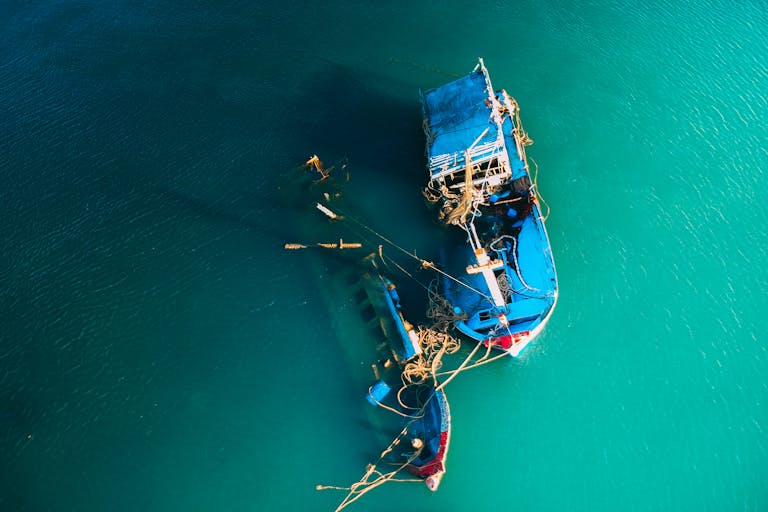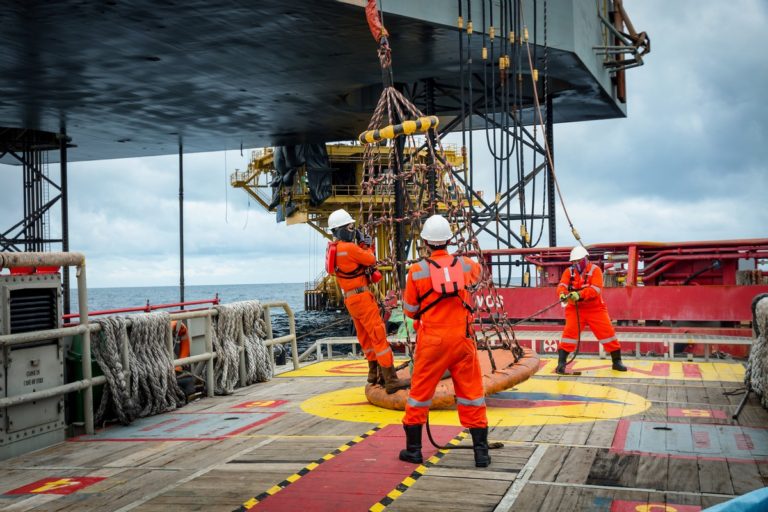The Admiralty Extension Act (AEA) is one type of maritime act which extends protections under general maritime laws inland. It was created and passed by Congress back in 1948. The purpose of the AEA was to ensure those working around or near vessels on land had certain protections against injuries.
Why Was the Law Enacted in the First Place?
Prior to the Admiralty Extension Act passing in 1948, longshoremen, dockworkers, and other people who were injured while on land by a vessel or some appurtenance of it were limited in what claims they could file under maritime laws. In some cases, they did not have a claim for their injuries because there were gaps in what protections there were prior to 1948.
How Does the AEA Help Longshoremen and Dockworkers?
The AEA provides compensation in the event a longshoreman, dockworker, or another person is injured while on land by the vessel or some appurtenance of said vessel. In addition, the AEA extends protection to those who load, unload, or move cargo for storage purposes onto or off of a vessel. Furthermore, the AEA extends its protections to include damage to bridges and piers, as well as any injuries to people who were on them at the time of the accident.
For instance, as the ship is docking, it starts to lower its anchor. The chain on the anchor breaks, and the anchor comes flying down, smashing into the pier, damaging several forklifts, and injuring numerous people.
Since the anchor is considered an appurtenance of the ship, the company that owned the forklifts would have a claim under the AEA. Additionally, all of the dockworkers injured by the anchor would each have their own claim under the AEA.
Another example would be if dockworkers were unloading cargo containers from the vessel using a crane on the ship itself. While lifting the containers, the support cables might snap and the container could smash down onto other containers already unloaded.
The impact of the container would send debris flying that could cause nearby workers to be severely injured. All of these injured workers, along with the cargo owners and shipping yard owner, could have claims against the shipowner under the AEA.
How Is Jurisdiction Determined?
In order to determine whether the AEA is applicable after an accident that causes damages and injuries, one must perform various location tests. One or more of the following situations must exist or have occurred in order to pass the jurisdiction location test:
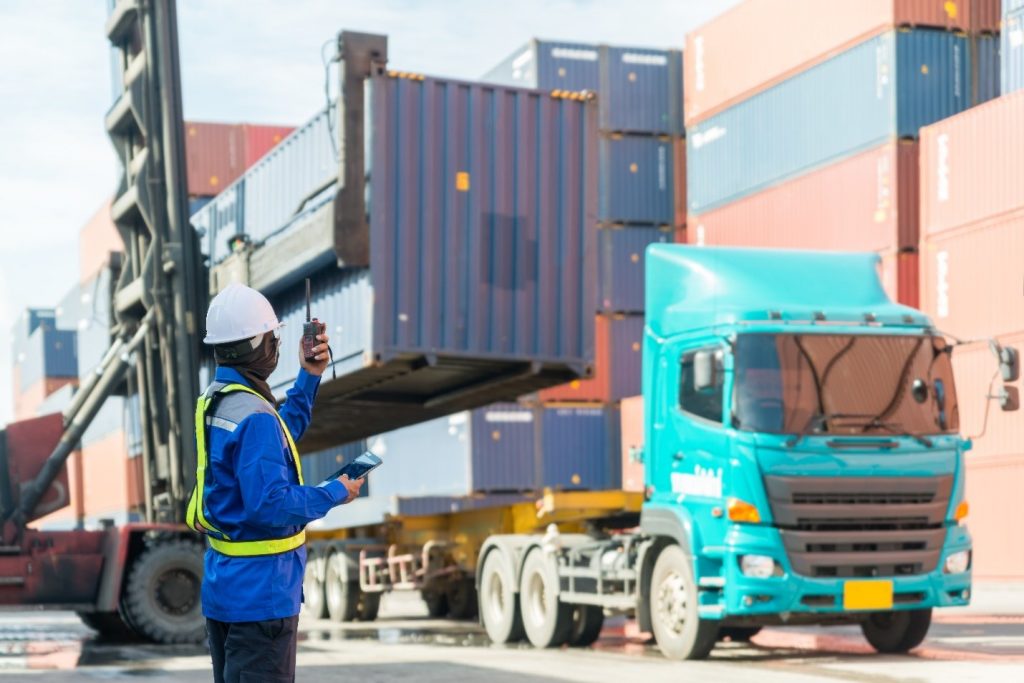
- The injury occurred while on land, but it was by the vessel or some appurtenance attached to the vessel.
- The injury or accident caused disruptions to normal maritime commerce.
- The activity during which the accident and resulting injuries occurred had a direct relationship to normal maritime activities.
- The injury occurred by a vessel or some appurtenance of the vessel on navigable waters.
Your maritime personal injury lawyer and the courts are familiar with these tests. As such, you will want to let your lawyer determine whether the AEA has jurisdiction in your case or if there would be another maritime law or act that would apply instead.
In both of our previous examples, there was an appurtenance of the vessel that was responsible for the accidents and injuries. For both of these examples, both would pass the jurisdiction test because they fit with one of the situations.
What Is Admiralty Court?
Admiralty court is a court of law which has jurisdiction presiding over all cases that involve injuries and accidents which are covered under maritime torts, laws, and acts. These courts also handle other cases regarding disputes over contracts, various criminal offenses, civil suits, and others.
You may also have heard admiralty courts being called maritime courts. In the United States, there are no formal admiralty courts or maritime courts. Rather, all federal district courts have jurisdiction over maritime laws and acts. This means that any claims under the AEA or other maritime laws or acts would need to be filed in the appropriate federal district court.
To Whom Does the AEA Not Apply?
The Admiralty Extensions Act does not apply to every accident and injury sustained while inland near or around vessels on navigable waters. In order to be protected under the AEA, the claim must first pass the jurisdiction tests we mentioned previously.
However, that does not mean you might not have a claim under another maritime law or act. For instance, the Longshore and Harbor Worker’s Compensation Act (LHWCA) provides protections for maritime workers employed on the navigable waters of the United States.
It extends protections to include activities such as loading and unloading vessels, repairing vessels, and building new vessels. Just like the AEA, the LHWCA does extend inland and covers places where a vessel may not float, such as dry docks, as well as wharves, piers, shipping and cargo terminals, and so on.
The AEA does not apply to those individuals who are considered seamen in the service of a vessel. Even though a vessel may be docked in port, if those workers were employed and worked primarily on the ship while it was in navigation, then they are protected under the Jones Act. In some cases where the AEA is not applicable, and the injuries occurred onshore, and the work is covered by the LHWCA, the claim could be treated and filed under the Jones Act.
Why It Is Important to Get Help from a Maritime Lawyer
As you can see, it can be rather confusing to determine which admiralty and maritime laws and acts apply to your particular situation, injuries, and claims. The process of filing a claim for damages and receiving compensation can be time-consuming. Claims have to be negotiated and arbitrated to attempt to reach a suitable settlement agreement. If one cannot be reached, then the case has to go to trial, where it will be resolved in the appropriate federal court.

Furthermore, there are specific statutes of limitations you must be aware of in order to ensure you file your claim for injuries or damages in time. To illustrate, the Admiralty Extension Act has a statute of limitation of two years from the date of the injuries or property damages. If a claim is filed after the two-year time limit, the courts could easily deny it.
Now, imagine for a moment that you filed a claim under the LHWCA six months after your injuries. The entire process takes another 18 months to work through, and then you discover your claim is actually covered under the AEA. Unfortunately, since you filed the claim yourself, you did not realize this, to begin with—and now the two-year time limit for filing has expired.
This is just one reason why you will want to get help from a maritime lawyer. Knowing which maritime laws and acts could apply to your accident and injuries is vital to ensure you do not file a claim under the wrong act or law.
Another reason you want help from a maritime personal injury lawyer is to ensure the amount of compensation being offered in the settlement is fair. If you attempt to represent yourself, the other parties, their lawyers, and their insurance companies will take advantage of the situation by offering a much lower settlement than you might have been entitled to receive. Once you accept a settlement offer and sign off on the paperwork, you cannot go back and reopen the case later when you discover you could have gotten much more.
Last, you need help from a maritime injury lawyer to help protect your rights and provide sound legal advice. Part of any claim process will involve your employers or their insurance companies wanting to conduct an interview with you to gather information about the accident, injuries, and any property damages.
During these interviews, it is not uncommon for the injured parties to be asked leading questions to try to get them to admit some level of fault for the accident, their injuries, and any property damage. Once an admission of fault is made, your employers and their insurance companies will use it against you to help reduce their level of responsibility and the amount they have to pay in damages.
If you want the best possible outcome and results for injuries you received while working inland near a vessel or while in the service of a vessel, please feel free to contact the maritime lawyers at Maintenance and Cure, part of the law firm of Schechter, Shaffer & Harris, L.L.P., by calling 1-800-836-5830 today!

